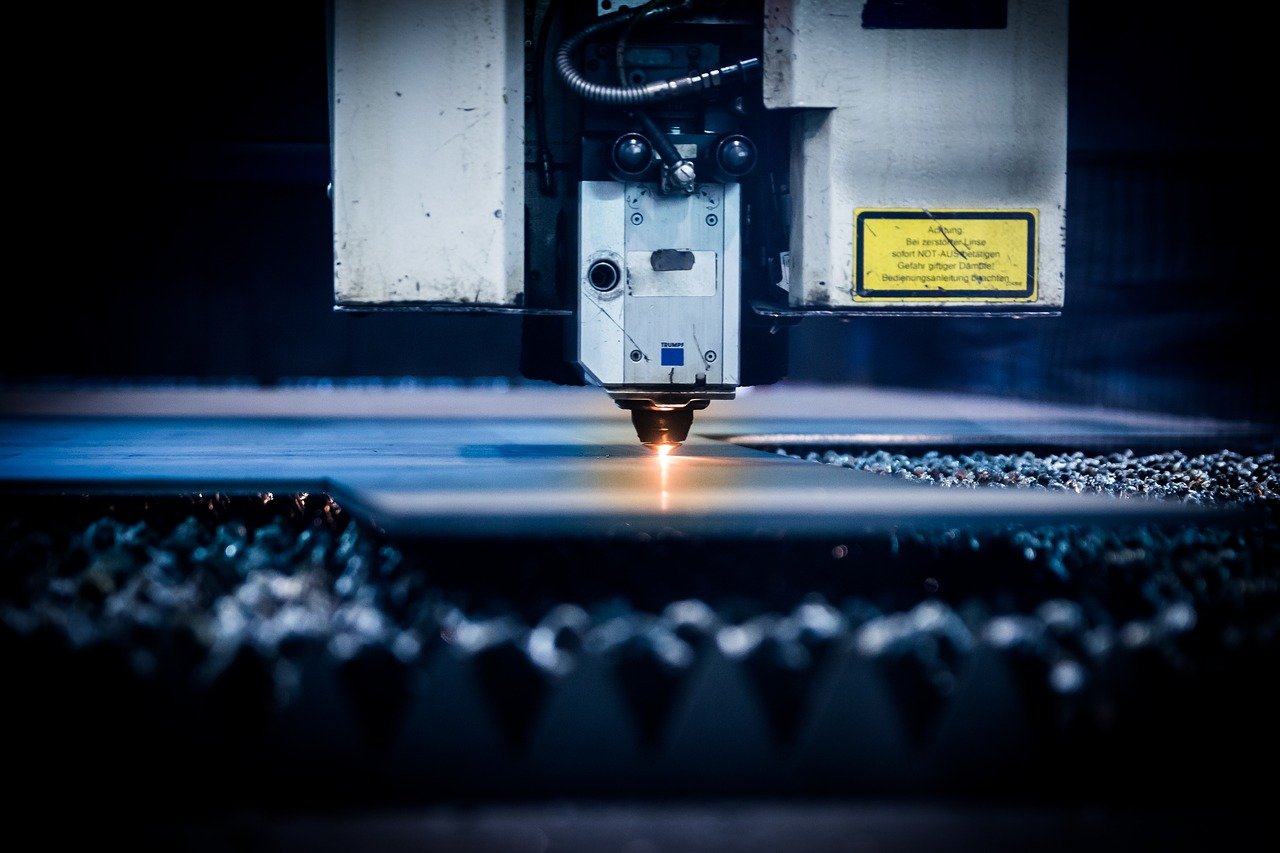Mass Production

What is mass production? Mass production, additionally referred to as continuous circulation manufacturing or line manufacturing, is the regulated manufacturing of high numbers of the same items in a consistent, repeatable flow, typically on a solitary assembly line for optimal performance, top quality, and price decrease. With batch and also task manufacturing, nevertheless, it's one of the most vital manufacturing techniques. It's likewise thought about to be among the a lot more long-term and also labor-intensive methods of mass production.
Continual automation is a setting up process that are based on the principle of set manufacturing, and standard manufacturing concepts. In mass production of any kind of sort, there is a collection variety of items created in a repeatable, and also predetermined number of steps. In automation of any type, the production procedure is strictly regulated in order to produce the very best possible outcomes at the lowest possible cost, for more details this site has a detailed report so it is wise to check it out. An automation procedure may consist of any type of or every one of these elements: Set producing concepts, constant, repeatable result, standardized equipment and supplies, and also a high degree of automation.
To put it simply, any organization can end up being successful when it utilizes automation effectively. Just how does this manufacturing procedure really function? On a fundamental level, it starts with a preliminary suggestion or design. Next off, an item is conceived and also made according to the client's requirements. As soon as the product is designed, a collection of high-volume production actions adheres to, from conceiving, creating, and also printing or making copies. In order to lower expenses as well as maximize performance, a mass production procedure must always use standardized equipment and also supplies, which usually need little or no human intervention.
The manufacturing procedure itself will certainly often work in an accurate, repeatable fashion, requiring little or no interaction between product developers and customers. For instance, all components in a car requirement to be made from the very same parts, such as wheels and also axles, so that each component can match the specific very same characteristics. This way, parts are "fused" together, causing greater flexibility as well as less errors. While automation has various favorable benefits to services, there are likewise some downsides. Some making procedures are very lengthy, such as steel spreading as well as paint, which can take considerable quantities of time to finish. Additionally, certain mass production items are restricted in their capacity to be tailored, such as needlework.
Finally, although many mass production items are made from resilient materials, they can still sustain wear and tear over time. While mass productions have numerous benefits, they likewise have several downsides. Maybe the largest downside of mass productions is their mistake and over-reliance on standard devices and also products. Inadequate, low-grade parts and poor quality devices as well as materials can lead to lengthy production runs that eating too much of a business's sources, producing waste. Furthermore, since the accuracy of automation is typically not as accurate as that of a competent artisan, errors occur a lot more often, which can be destructive to the firm over time. However, automation have provided organizations with a consistent, trusted resource of items that are both budget friendly and also adjustable, enabling them to remain competitive in today's industry.
To familiarize yourself more with the topic discussed in the article above, visit this website: https://en.wikipedia.org/wiki/Mass_production.
